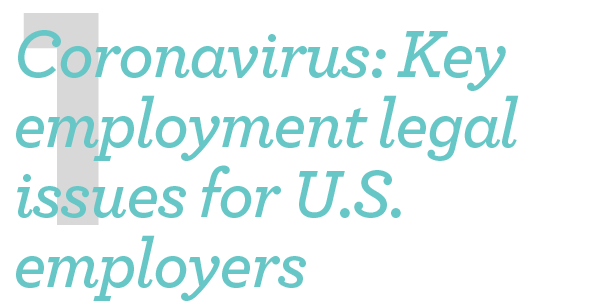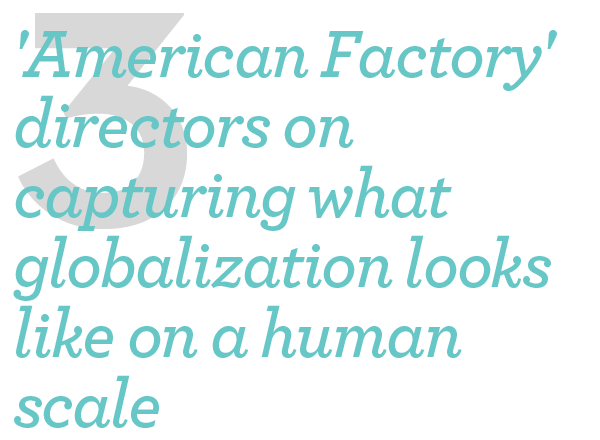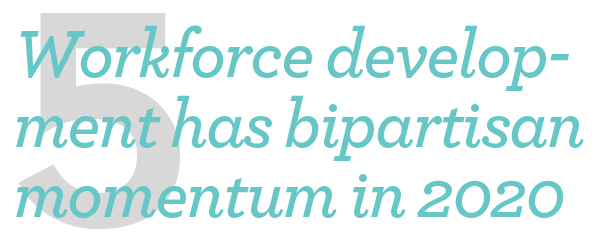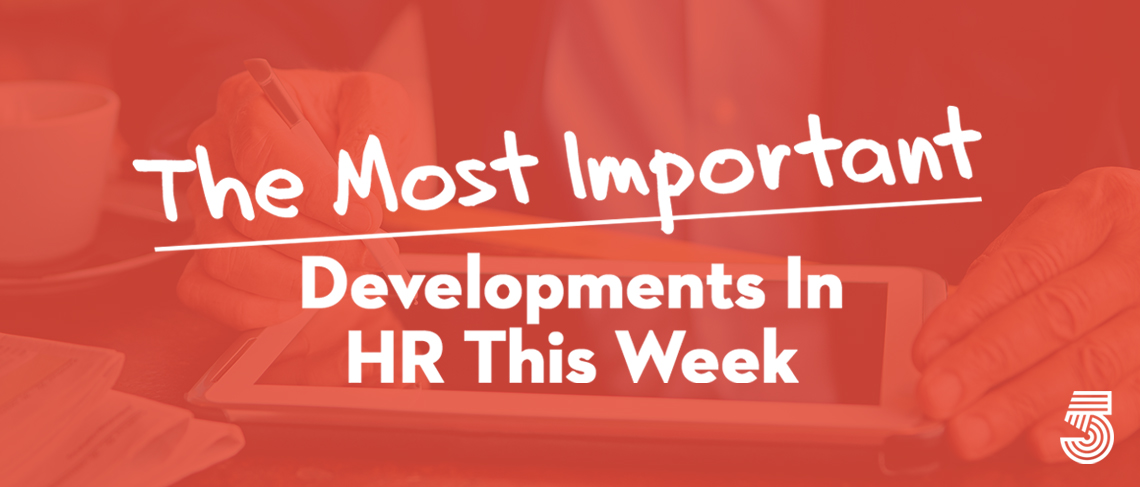
The number of reported cases of coronavirus continues to rise and the world is on high alert. The World Health Organization has declared the outbreak a public health emergency of international concern. The U.S. State Department has upgraded its travel advisory for China to Level 4: Do Not Travel. Given the ongoing outbreak, it is important for employers to consider what preventative measures they can take to maintain safety and protect their employees from potentially contracting coronavirus. Employers may want to restrict employees from traveling to China unless necessary. What about employees traveling from China to the U.S.? Based upon new travel restrictions, Americans traveling to the US who have been to the Hubei province in China in the last 14 days may be subject to up to 14 days mandatory quarantine. As a result, employers must put in place protocols for: (1) employees who have traveled to the Hubei province and are subject to the mandatory quarantine and are not permitted to return to the workplace; (2) asymptomatic employees who have traveled to mainland China and are under monitored self-quarantine; and (3) employees who have traveled to China (or have had contact with someone who recently has) and demonstrate symptoms consistent with a cold. Employers should consider offering the opportunity to work remotely or offer a leave of absence to symptomatic employees consistent with its leave policies. The common theme here: better safe than sorry. DLA Piper


For a few months last year Matthieu (not his real name) was on the most important team in finance. SWIFT, a global payments-messaging service owned by 11,000 banks, was looking for a new chief. So was CLS, an institution that settles four-fifths of worldwide foreign-exchange turnover. Each had hired Matthieu’s firm to find one. He was aware of the stakes. Both outcomes were going to “impact everything” that money touches, he told The Economist at the time. His voice barely rose over the mellow music of a Manhattan hotel’s bar but nonetheless it carried a bass note of self-importance. The firm got the job done. Javier Pérez-Tasso, SWIFT’s former Americas head, took over as boss in July. Marc Bayle de Jessé, an official at the European Central Bank, started at CLS in December. The placements testify to the brokering brawn of executive-search firms. The industry’s top tier is busier than ever. The bosses of 311 of America’s 3,600 listed firms left their jobs in 2019 — the highest share on record. Someone needs to find their replacements. Like Matthieu, the search industry is secretive, and numbers are hard to pin down. Today, the biggest search firms hold sway over who rules many of the world’s most potent organizations. But the industry is facing increased scrutiny, amid suspicions that it may be holding back performance and diversity at the top. The Economist


It feels a bit surreal at first, but there it is, happening on screen: The Chinese president of a Chinese-owned factory is coaching a roomful of Chinese workers on how to increase the productivity of their American coworkers, whom they work together with in Dayton. “You need some skills to handle Americans,” says Fuyao Glass America president Jeff Daochuan Liu. “There’s a culture in the U.S. where children are showered with encouragement. So everyone who grows up in the U.S. is overconfident. Americans love being flattered to death.” In 2015, Chinese billionaire Cao Dewang reopened a shuttered General Motors plant that previously served as the lifeblood of the Dayton community. While locals who lost their GM jobs were initially enthusiastic about the opportunity to return to work, the film goes on to detail the challenges of two very different cultures and approaches to labor coming together. “American Factory” spans nearly three years and utilizes a fly-on-the-wall approach to documentary filmmaking. Beyond the cultural themes explored, the film poses even larger questions about the future of work as we speed toward an increasingly globalized world. Fortune


Google’s head of human resources, Eileen Naughton, is stepping down from her role as tensions between employees and leaders at the company once renowned for its culture have continued to rise. Her departure is the latest in a series from the executive ranks. In December, cofounders Larry Page and Sergey Brin stepped down as CEO and president of parent company Alphabet, respectively. One month later, Alphabet chief legal officer David Drummond resigned, his exit following the publication of a Medium post penned by a former senior contracts manager named Jennifer Blakeley, who alleged that she and Drummond had an affair while at Google, for which she was reprimanded and he was not. This wasn’t the first time that Google had come under fire for its corporate culture. In July 2017, former software engineer James Damore released a now infamous memo questioning Google’s diversity efforts. Damore was fired, but the company faced criticism for not doing enough to hire and promote women and minorities. Then in November 2018, after the New York Times reported that Google gave Andy Rubin, a former senior vice president and creator of Android software, a $90 million exit package after a colleague accused him of sexual misconduct, some 20,000 employees staged a walkout over the company’s mishandling of the allegation. Since then, it’s been alleged that Google’s Leadership Development and Compensation Committee not only approved that payment to Rubin, but a $45 million severance package for former senior search vice president Amit Singhal, as well, after he had been accused of sexual harassment. In April 2019, two of the walkout organizers have said that they faced retaliation for their role in the demonstration. Five former employees have claimed that they were fired for their internal activism. Forbes


Congressional Republicans and Democrats intend to introduce bills that update laws on federal education policy, apprenticeships, and workforce development this year. The National Skills Coalition (NSC), a Washington, D.C.-based public-policy research and advocacy group, identified the legislative proposals that could have the most traction this year at the organization’s annual Skills Summit, held in the nation’s capital. “Skills is a bipartisan issue,” said Katie Spiker, director of government relations at NSC. Lawmakers have begun considering solutions to worries arising from the growing adoption of automation technologies and the potentially tremendous changes the “future of work” has in store for U.S. workers. The bipartisan Congressional Future of Work Caucus in the House of Representatives wants to devise a national plan to address concerns about workplace automation, the use of artificial intelligence tools in hiring, and gig-worker rights. “The future of work is a hot topic on Capitol Hill right now and skills, education, and training will be central to the discussion,” Kermit Kaleba, managing director of policy at NSC, said. “One area we need to be looking at is investments in worker retraining. Millions of jobs will change over the next few years and we need to think about creating pathways for people while they are on the job and while their jobs are facing major disruptions.” The issue of digital literacy is also critical. “We hear from employers about the importance of digital literacy — so much of work is done today through computer technology and many workers don’t have the digital literacy skills needed to be competitive in the 21st century,” Kaleba said. SHRM










